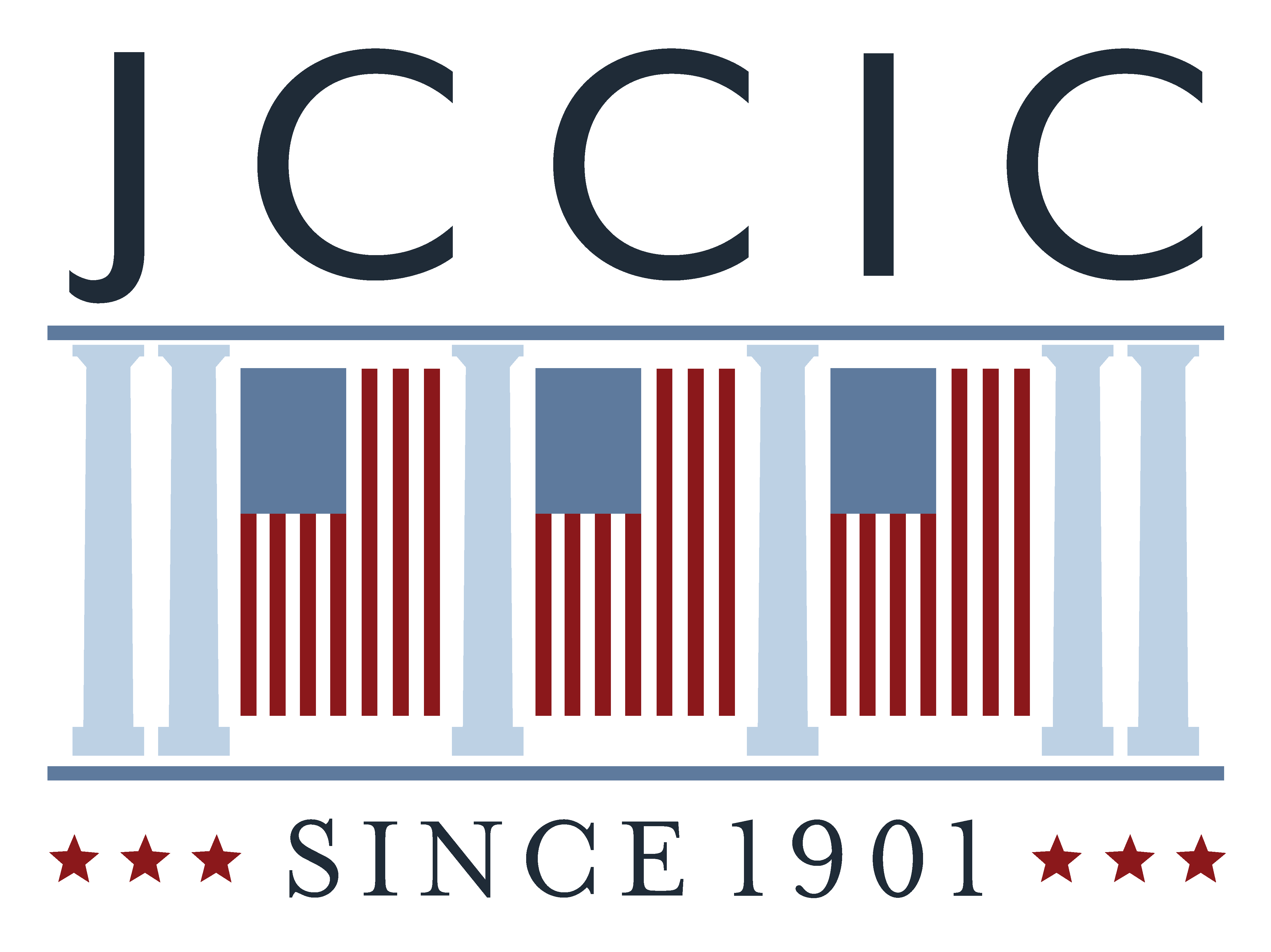INAUGURAL ADDRESS
The custom of delivering an address on Inauguration Day started with the very first Inauguration—George Washington’s—on April 30, 1789. After taking his oath of office on the balcony of Federal Hall in New York City, Washington proceeded to the Senate chamber where he read a speech before members of Congress and other dignitaries. His second Inauguration took place in Philadelphia on March 4, 1793, in the Senate chamber of Congress Hall. There, Washington gave the shortest Inaugural address on record—just 135 words —before repeating the oath of office.
Every President since Washington has delivered an Inaugural address. While many of the early Presidents read their addresses before taking the oath, current custom dictates that the Chief Justice of the Supreme Court administer the oath first, followed by the President’s speech.
William Henry Harrison delivered the longest Inaugural address, at 8,445 words, on March 4, 1841—a bitterly cold, wet day. He died one month later of pneumonia, believed to have been brought on by prolonged exposure to the elements on his Inauguration Day. John Adams’ Inaugural address, which totaled 2,308 words, contained the longest sentence, at 737 words. After Washington’s second Inaugural address, the next shortest was Franklin D. Roosevelt’s fourth address on January 20, 1945, at just 559 words. Roosevelt had chosen to have a simple Inauguration at the White House in light of the nation’s involvement in World War II.
In 1921, Warren G. Harding became the first President to take his oath and deliver his Inaugural address through loud speakers. In 1925, Calvin Coolidge’s Inaugural address was the first to be broadcast nationally by radio. And in 1949, Harry S. Truman became the first President to deliver his Inaugural address over television airwaves.
Most Presidents use their Inaugural address to present their vision of America and to set forth their goals for the nation. Some of the most eloquent and powerful speeches are still quoted today. In 1865, in the waning days of the Civil War, Abraham Lincoln stated, “With malice toward none, with charity for all, with firmness in the right as God gives us to see the right, let us strive on to finish the work we are in, to bind up the nation’s wounds, to care for him who shall have borne the battle and for his widow and his orphan, to do all which may achieve and cherish a just and lasting peace among ourselves and with all nations.” In 1933, Franklin D. Roosevelt avowed, “we have nothing to fear but fear itself.” And in 1961, John F. Kennedy declared, “And so my fellow Americans: ask not what your country can do for you—ask what you can do for your country.”
Today, Presidents deliver their Inaugural address on the West Front of the Capitol, but this has not always been the case. Until Andrew Jackson’s first Inauguration in 1829, most Presidents spoke in either the House or Senate chambers. Jackson became the first President to take his oath of office and deliver his address on the East Front Portico of the U.S. Capitol in 1829. With few exceptions, the next 37 Inaugurations took place there, until 1981, when Ronald Reagan’s Swearing-In Ceremony and Inaugural address occurred on the West Front Terrace of the Capitol. The West Front has been used ever since.

